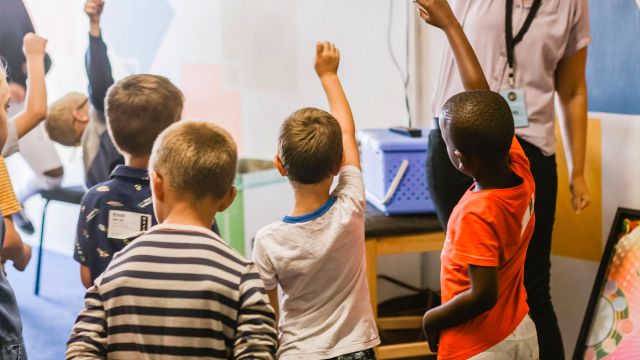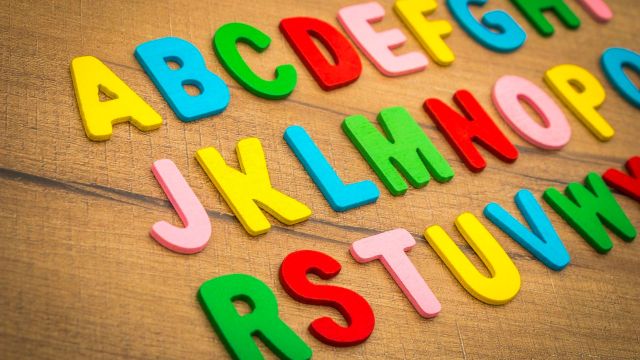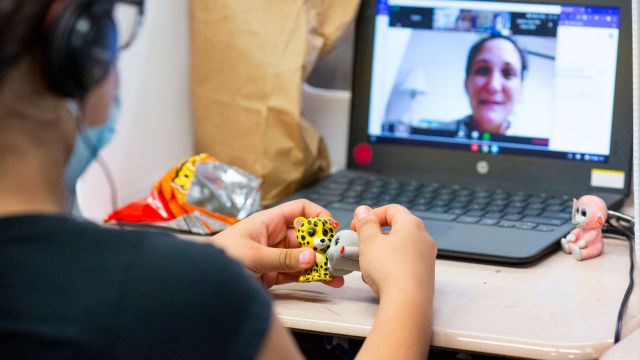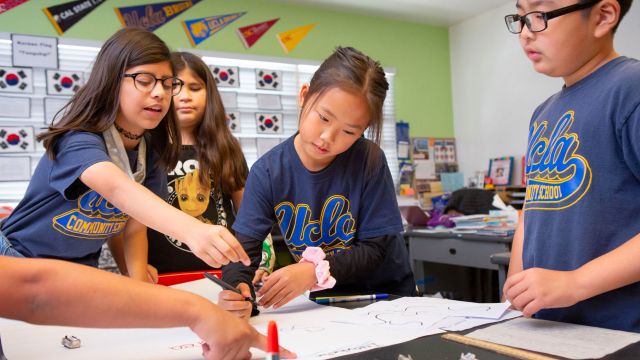AI is everywhere, so how does it impact school counselors? Counselor Lizette Baumann decided to explore the options and see if it could make time in her day for what she truly cared about – students & families.
Search Results "최신 B2B-Commerce-Developer 최신버전 덤프공부자료 덤프샘플 다운 😺 【 B2B-Commerce-Developer 】를 무료로 다운로드하려면“ www.itdumpskr.com ”웹사이트를 입력하세요B2B-Commerce-Developer높은 통과율 시험대비 공부문제"
One of the most misunderstood words in our educational vocabulary is scaffolding. What does it mean to scaffold for a student? Does it mean I should give him or her less? Should I break it down for the student into tiny pieces? The answer to both of those questions is, NO!
With the absolute best of intentions, we have accidentally turned to a surface-building strategy to encourage our students to write something—anything!—in response to their reading. According to their research surrounding the most impactful literacy strategies, Doug Fisher and Nancy Frey reveal that mnemonic devices (aka acronyms) help students to consolidate surface understandings of material.
Relationships with our students are key. As educators, we know this is vital to student success. Research tells us there is a positive correlation between student engagement and academic success.
As an educator, I am happy to grab tools that help simplify my work and (hopefully) save me time. In fact, making those tools is something I myself love to do! As such, I have collected several versions of graphics that put verbs into categories to support educators in their attempt to determine the Depth of Knowledge (D.O.K.) of a task.
How well do your assessments align with what you’ve asked students to do in the classroom? Aligning the Depth of Knowledge (D.O.K.) of assessments with the D.O.K. of teaching is an important part of the process.
Student meltdowns at perceived failures, especially in STEM class have become quite common. Here are some tips and lessons to teach students to “fail successfully” and to deal with setbacks that are a crucial part of growth and learning.
While it’s easy to Google to find a worksheet, “easy” doesn’t mean “quality.” Explore these 5 quick shifts to move a worksheet from “meh” to “GREAT!”
Non-fiction text is often not what students gravitate to. How can we use it spark their curiosity & jump start the learning?
Every content area has iconic and powerful pictures. How can we use those to spark curiosity & thinking? Librarian Colette Huxford-Kinnett shares the See~Think~Wonder strategy which can be used across grades & content areas.











